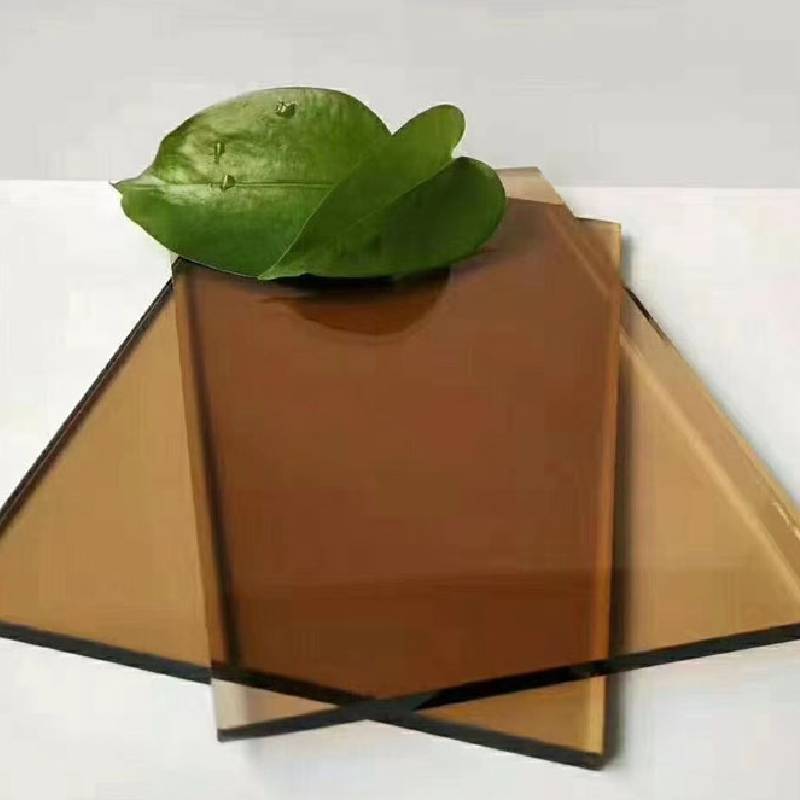Reflective Glass Facade A Harmonious Blend of Aesthetics and Functionality
In the ever-evolving landscape of architecture, the use of reflective glass facades has become a prominent trend among modern buildings. These sleek and shiny surfaces not only transform the aesthetics of structures but also enhance their functionality and energy efficiency. A reflective glass facade captivates the eye, creating a perfect synergy between the building and its surrounding environment.
One of the primary advantages of reflective glass facades is their ability to merge with the surroundings seamlessly. When sunlight strikes these surfaces, they reflect the colors and shapes of the environment, making the building appear to be an integral part of the landscape. This characteristic is particularly advantageous in urban settings, where buildings can often overwhelm their surroundings. The reflective nature of the glass allows for a dialogue between the natural and built environments, contributing to a sense of harmony within the space.
Moreover, reflective glass facades contribute significantly to energy efficiency. They possess thermal insulation properties that minimize heat absorption, thereby regulating the internal temperature of the building. This results in reduced reliance on air conditioning systems during hot weather, promoting energy conservation and lowering operational costs over time. Furthermore, when treated with specialized coatings, reflective glass can also block harmful UV rays, protecting both the interior furnishings and the occupants from potential damage caused by prolonged sun exposure.
reflective glass facade
In addition to their energy-saving benefits, the use of reflective glass enhances the overall safety and comfort of spaces. These facades can be designed to be shatter-resistant, providing an additional layer of security for the building. The reflective quality also offers a degree of privacy; while the exterior environment is visible, interiors remain less visible during the day, allowing occupants to enjoy their space without unwanted intrusion.
From an architectural standpoint, the versatility of reflective glass facades allows for innovative design possibilities. Architects can play with transparency and reflection, creating dynamic effects that change throughout the day as the sun moves across the sky. The choice of colors and textures in reflective glass can further enhance the visual appeal, ensuring that each building maintains a unique character.
Despite their numerous benefits, challenges do exist. Considerations regarding glare and heat build-up in the immediate vicinity can arise, necessitating thoughtful planning and design strategies. However, with advancements in technology and materials, solutions are continuously emerging to mitigate these concerns.
In conclusion, reflective glass facades are more than just a contemporary fashion statement; they represent a fundamental shift towards buildings that prioritize sustainability, energy efficiency, and aesthetic appeal. As architects and designers continue to innovate, the potential for reflective glass facades to shape the future of urban landscapes remains boundless, promoting a vision of architecture that is both functional and visually stunning. The marriage of design and technology in this arena is not only redefining how we construct buildings but also how we interact with our environment, forging a deeper connection between nature and the built world.
 Afrikaans
Afrikaans  Albanian
Albanian  Amharic
Amharic  Arabic
Arabic  Armenian
Armenian  Azerbaijani
Azerbaijani  Basque
Basque  Belarusian
Belarusian  Bengali
Bengali  Bosnian
Bosnian  Bulgarian
Bulgarian  Catalan
Catalan  Cebuano
Cebuano  Corsican
Corsican  Croatian
Croatian  Czech
Czech  Danish
Danish  Dutch
Dutch  English
English  Esperanto
Esperanto  Estonian
Estonian  Finnish
Finnish  French
French  Frisian
Frisian  Galician
Galician  Georgian
Georgian  German
German  Greek
Greek  Gujarati
Gujarati  Haitian Creole
Haitian Creole  hausa
hausa  hawaiian
hawaiian  Hebrew
Hebrew  Hindi
Hindi  Miao
Miao  Hungarian
Hungarian  Icelandic
Icelandic  igbo
igbo  Indonesian
Indonesian  irish
irish  Italian
Italian  Japanese
Japanese  Javanese
Javanese  Kannada
Kannada  kazakh
kazakh  Khmer
Khmer  Rwandese
Rwandese  Korean
Korean  Kurdish
Kurdish  Kyrgyz
Kyrgyz  Lao
Lao  Latin
Latin  Latvian
Latvian  Lithuanian
Lithuanian  Luxembourgish
Luxembourgish  Macedonian
Macedonian  Malgashi
Malgashi  Malay
Malay  Malayalam
Malayalam  Maltese
Maltese  Maori
Maori  Marathi
Marathi  Mongolian
Mongolian  Myanmar
Myanmar  Nepali
Nepali  Norwegian
Norwegian  Norwegian
Norwegian  Occitan
Occitan  Pashto
Pashto  Persian
Persian  Polish
Polish  Portuguese
Portuguese  Punjabi
Punjabi  Romanian
Romanian  Russian
Russian  Samoan
Samoan  Scottish Gaelic
Scottish Gaelic  Serbian
Serbian  Sesotho
Sesotho  Shona
Shona  Sindhi
Sindhi  Sinhala
Sinhala  Slovak
Slovak  Slovenian
Slovenian  Somali
Somali  Spanish
Spanish  Sundanese
Sundanese  Swahili
Swahili  Swedish
Swedish  Tagalog
Tagalog  Tajik
Tajik  Tamil
Tamil  Tatar
Tatar  Telugu
Telugu  Thai
Thai  Turkish
Turkish  Turkmen
Turkmen  Ukrainian
Ukrainian  Urdu
Urdu  Uighur
Uighur  Uzbek
Uzbek  Vietnamese
Vietnamese  Welsh
Welsh  Bantu
Bantu  Yiddish
Yiddish  Yoruba
Yoruba  Zulu
Zulu 

